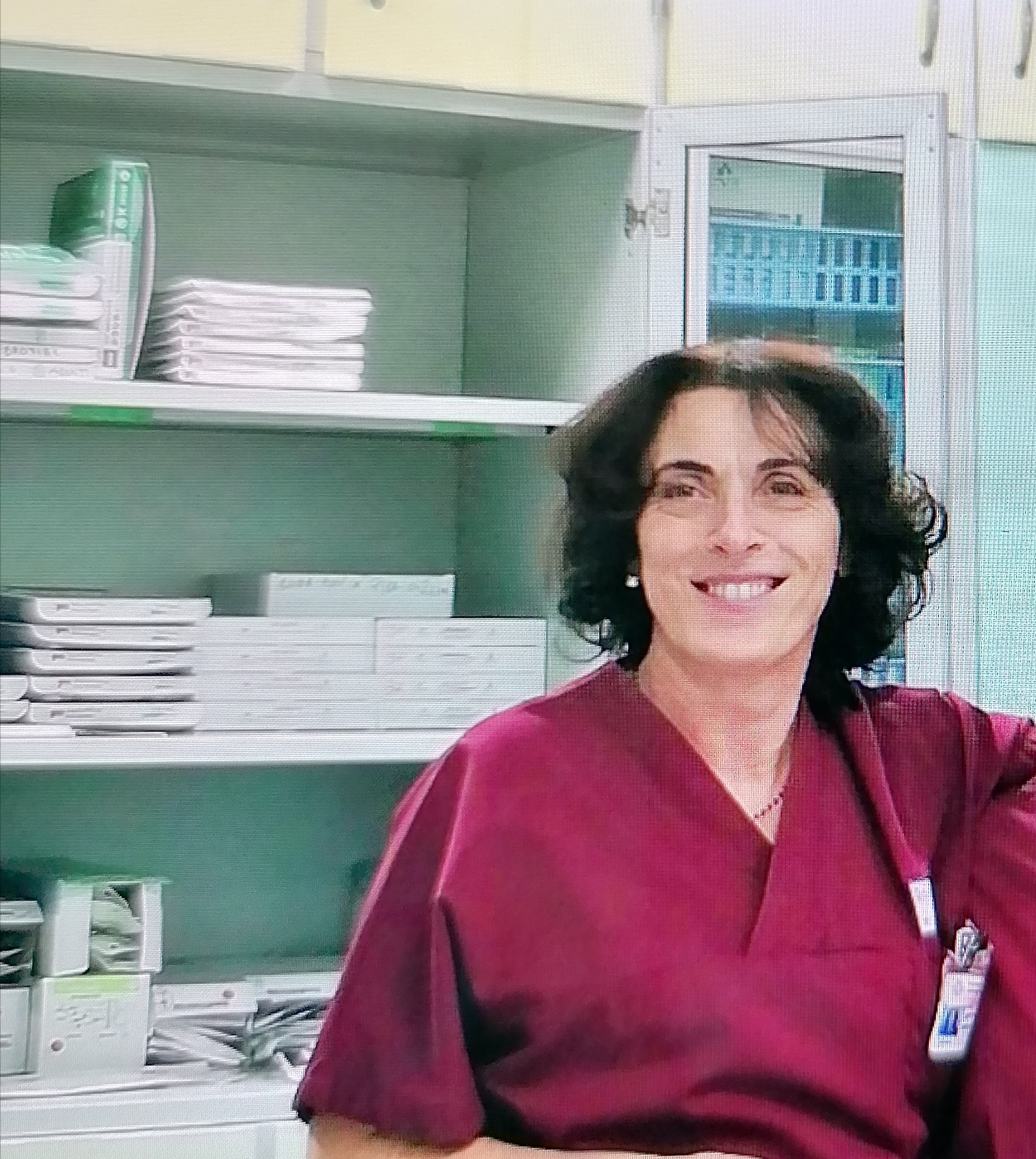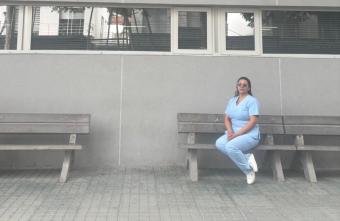The Angels team in Italy is letting the spotlight fall on nursing in the angio suite, a key role that demands a high level of organisational, communication and problem-solving skills.

As more hospitals around the world start to treat ischaemic stroke with mechanical thrombectomy, demand is growing for specialised nursing care before, during and after the procedure. While the typical stroke patient will spend limited time in the care of a radiology nurse, it is an interval during which every minute counts and where planning, vigilance and post-operative monitoring play a key role in minimising complications and improving patient outcomes.
Patient safety and co-ordinating workflow to prevent treatment delay are the chief responsibilities of the nurse in the angiography suite, a task set that requires the knowledge and skills from a range of other nursing specialities. Her or she has to have the co-ordination skills of an emergency department nurse; the expertise regarding patient positioning and comfort of an operating room nurse, and an ICU nurse’s ability to manage complex care.
Recently, the American Heart Association together with the American Stroke Association appointed a panel to update clinical practice guidelines for nursing acute stroke with guidelines for care in the endovascular area. Nurses had a crucial role in caring for patients with acute ischaemic stroke, the panel wrote in March 2021: “Nurses anticipate the needs of the patient, recognise potential complications of the procedure, and maintain patient safety. During the MT procedure, the interventional nurse plays a key role in assessing for the prevention, early identification and monitoring of signs of decline; administration of procedural medications; procedural documentation; and preprocedural/postprocedural transition-of-care communication with emergency departments, transferring organisations, and ICU staff.”
Suggesting that great minds think alike, just one month earlier the agenda for an Angels Nursing Day in Italy had included a presentation on nursing in the angiography room by Dr Manola Maffei, a nursing co-ordinator from Siena. Over 400 nurses attended the webinar held in partnership with Italy’s National Association of Neurology Nurses ANIN during the first national event in Italy entirely dedicated to nurses. Active participants and enthusiastic presenters ensured its success, consultants Stefania Fiorillo, Elisa Salvati and Alessia Santori say, and participation reached a peak during Dr Maffei’s presentation.
The role of nursing is a neglected topic in conferences on mechanical thrombectomy where the agenda is typically dominated by doctors and interventionists, the team says. Understanding the role of nursing in the angiography room is however not only important for hospitals that already have a mechanical thrombectomy protocol but also for those who want to implement thrombectomy, as it’s a specialised field requiring a unique set of skills. Knowledge of endovascular treatment for stroke is also relevant for nurses in the stroke unit, as the incision made in the angio suite is cared for further down the path.
Dr Maffei, whose expertise was honed in a professional partnership with interventional neuroradiologist Dr Sandra Bracco of Siena’s Azienda Ospedaliera Universitaria Senese (AOUS), presented a flow chart that included a timeline for each part of the pathway and detailed the angio nurse’s responsibilities in the pre-procedural, intraprocedural and post-procedural phase, all with the goal of providing a compassionate, supportive patient-centred environment where not a minute is lost.
AOUS was also the training ground for Michele Napolitano, now a radiology nurse at San Giuseppe Moscati Hospital in the Southern Italian town of Avellino. Michele developed his competence in neurology nursing working with patients suffering from degenerative neurological diseases such as multiple sclerosis, Parkinson’s disease and ALS. When an interventional neuroradiology unit and a stroke unit were established at the hospital in Siena he saw an opportunity to combine his knowledge of rehabilitation with the needs of stroke patients. He joined what he describes as a “fantastic nursing group that treated many patients throughout Tuscany”.
As part of his continuous training, Michele immersed himself in the interventional treatment of stroke. The move to Avellino saw him assigned to the operating room in the vascular surgery department where the stroke unit nurse had to transform himself into a surgical instrumentalist, but it lead him back to the angiography room and an opportunity to make an impact on stroke care. With the support of Angels, the doctors and nurses from San Giuseppe Moscati Hospital have implemented interventional neuroradiology for stroke with enthusiasm and passion, Michele says.
An angio nurse has to prepare patient and room for the procedure, support the anaesthetist, position the patient, monitor their condition, communicate constantly with the entire team and in some cases act as a second operator. Most fundamentally, says Michele, it’s the role of the angiography room nurse to understand and act on the importance of anticipating any potential adverse event that may occur, thereby exponentially lowering the risk of error.
The nursing care doesn’t however begin and end in the angio room, Michele believes.

“It is necessary to support the patient in the totality of his psycho-physical state. If you don’t do this, you’re just a technician and not a professional nurse,” says Michele who also welcomes opportunities to work with the Angels Initiative to standardise and optimise interventional neuroradiology protocols throughout his region.
He values the chance to share his knowledge and experience with nurses just starting out in stroke units or in the angiography room, but real satisfaction derives from the results after treatment, irrespective of whether they are positive or negative, is how Michele explains his commitment to learning. “The former reward and encourage you knowing that you have saved a life or improved the patient's quality of life; the latter allow you to grow and ensure that the next treatment is better than the last one.”



